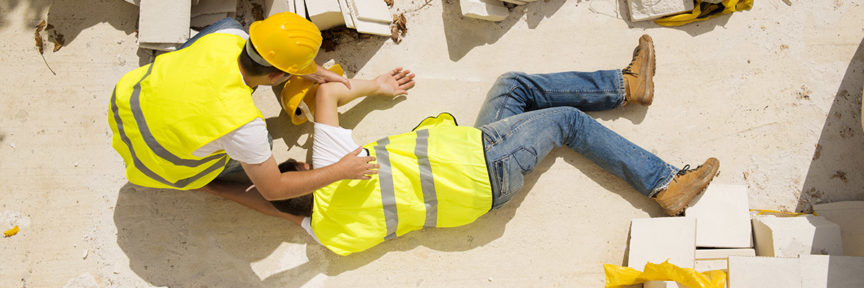Have you ever wondered what you can do to prevent accidents? Maybe, like many people, you believe accidents are bound to happen and there’s not much you can do about them. Or, you may think that they only happen to the other person. Well, the truth is that accidents do happen to everyone and often can be prevented.
Something to Think About
Here’s something to think about. Statistics show that in many cases an accident could have been prevented by the victim. And, in other cases, by a coworker. Think of accidents that happened to people you know. Usually it was a stupid mistake. Right? In other words, that person or someone else working on the job could have prevented it.
7 Excellent Suggestions
Here are 7 ways you, personally, can do something to help prevent accidents:
- Make accident prevention a part of your daily routine: Plan safety in advance. Before beginning a job, be sure your tools are in good condition. Also, see that you have the required protective equipment.
- Report unsafe acts or conditions to your supervisor: If you see something that’s dangerous or someone working in an unsafe way, do something about it. If it’s an unsafe condition, correct it if you can. Otherwise, report it to someone who has the authority or ability to do so. If you see someone committing an unsafe act, warn that person in a friendly way.
- Avoid horseplay: Aren’t you always telling your kids to knock off fooling around before someone gets hurt? Well, horse play is dangerous for kids of any age. On a construction job you can easily be injured if you’re not strictly business all of the time. Often a person is killed or hurt when a “harmless” prank or a practical joke backfires.
- Follow instructions: You’d follow instructions if you were dismantling a time bomb―and very carefully at that. Well, take the same attitude on the job. When you’re given instructions, it’s after your job-site leader has considered the safest and best way to do it. Sometimes doing something just a little different from what you were told can get you or someone else in a lot of trouble.
- Make suggestions: If you see a quicker or a better way to do something, let your job-site leader know―they will check it out―and if it’s practical, will use it. But first your job-site leader needs to make sure it’s safe. And if you see a safer way of doing something, by all means, bring it to attention.
- Practice good housekeeping: Nobody likes a slob. It’s upsetting to see someone with a messy work area. And it goes even further than that. A sloppy work area is not only hard on the eyes, but a breeding ground for accidents. Trash and materials strewn around can result in trips, falls, and fires.
- Dress for the job: In addition to wearing protective equipment, dress so that you won’t get hurt. Don’t wear floppy clothing (such as loose sleeves or cuffs) or jewelry that can catch on something or become entangled in machinery.

